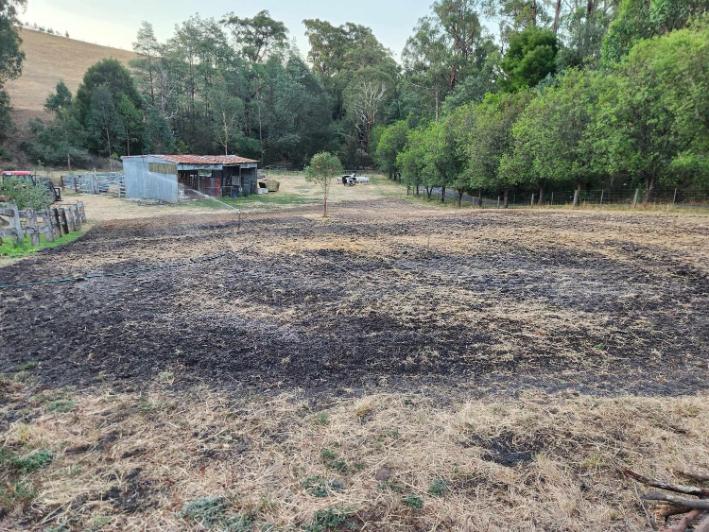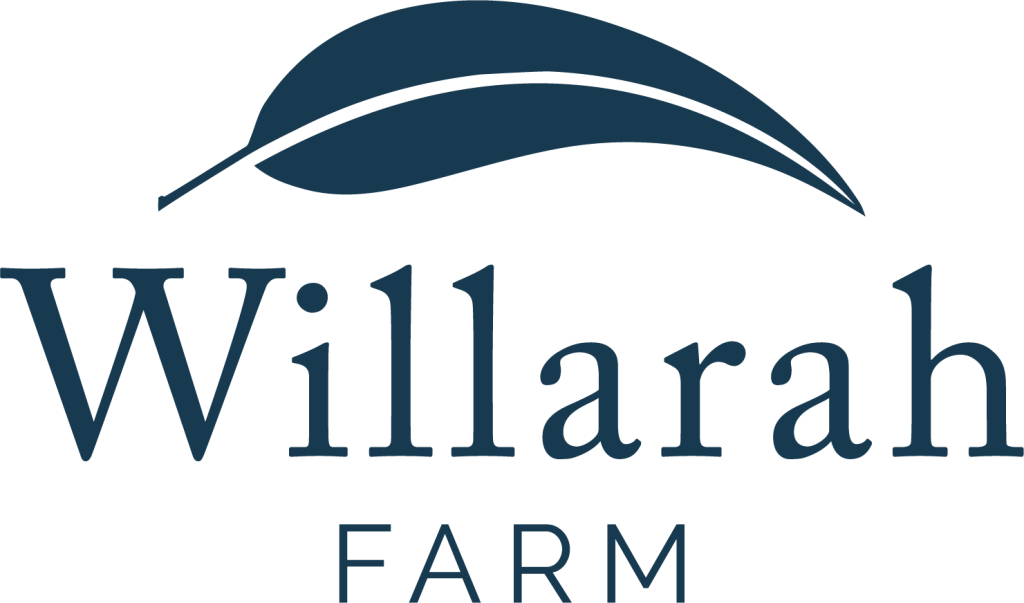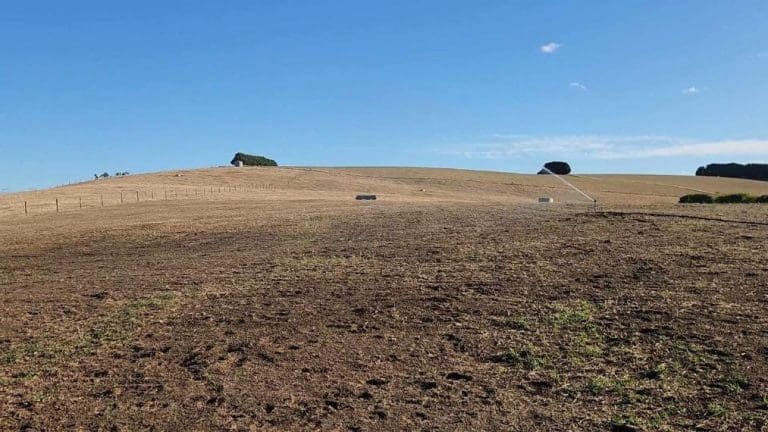Dry Conditions at Willarah Farm
Here at Willarah Farm, we’re really feeling the effects of the ongoing dry spell. February has brought us just 23mm of rain so far, with the heaviest fall being a mere 10mm in a single day. That’s well below the historical February average of 56.5mm across 6.4 rainy days. Our rolling 12-month rainfall total is sitting at 694mm, significantly lower than the long-term annual average of 1514.6mm for our area.
This lack of rainfall has left our pastures almost completely dried off, prompting us to start thinking ahead about feed and water management much earlier than usual. We’re keeping a close eye on conditions and adjusting our grazing strategies to be as efficient as possible while we navigate this dry patch.
But a summer like this doesn’t just stunt pasture growth, it sends ripples across the whole farm. With limited feed available, we’ve had to begin supplementing livestock sooner than expected, which adds to both costs and stress. It’s a tough balancing act, especially when there’s little sign of relief in the forecast.
Beyond the logistical and financial strain, dry conditions take a toll on mental well-being too. Farming is unpredictable at the best of times, but when you’re constantly looking to the sky for rain that doesn’t come, it’s easy to feel worn down. It really puts into perspective how challenging it is for farmers who rely solely on their land for income – the uncertainty, the long days managing dwindling resources, and the constant worry about what the next season might bring all add up.
That’s why staying connected with other farmers and local communities is so important during times like this. Whether it’s swapping advice, sharing feed strategies, or simply having a chat with someone who gets it, these support networks can make a world of difference.
The images below show a comparison of our vegetation cover from February 2024, alongside our recorded rolling rainfall average for Willarah Farm. We’re hopeful for a break in this dry cycle soon. In the meantime, we’ll continue to adapt, plan, and hope for rain.
Autumn Pasture Renovation
We’re currently preparing to renovate one of our paddocks ahead of autumn pasture sowing, not just for productivity, but for safety too. Some of the ground has become dangerously uneven, and when you’re bouncing around in a tractor cab, it’s more than just uncomfortable, it’s a genuine hazard. And let’s be honest, it’d be nice to keep all your teeth when you’re out checking the cows!
We’ve held off as long as we could, knowing that cultivation can lead to some loss of soil carbon. Maintaining healthy soils rich in organic matter is a core priority at Willarah Farm. But in this case, the state of the paddock has made renovation unavoidable.
To minimise impact, we’re taking a strategic two-step approach. First, we’ll sow a forage oat crop, which should establish quickly once the rains arrive and provide valuable winter feed. Oats also help improve soil structure and offer good ground cover to reduce erosion. Once established, we’ll over-sow with a perennial ryegrass and clover mix. The ryegrass will deliver a high-quality, reliable pasture, while the clover will naturally fix nitrogen and help rebuild soil fertility.
It’s always a balancing act between short-term needs and long-term sustainability, but by approaching it this way, we’re aiming to get the best of both worlds: productive, resilient pasture and healthier soils for the seasons to come.



